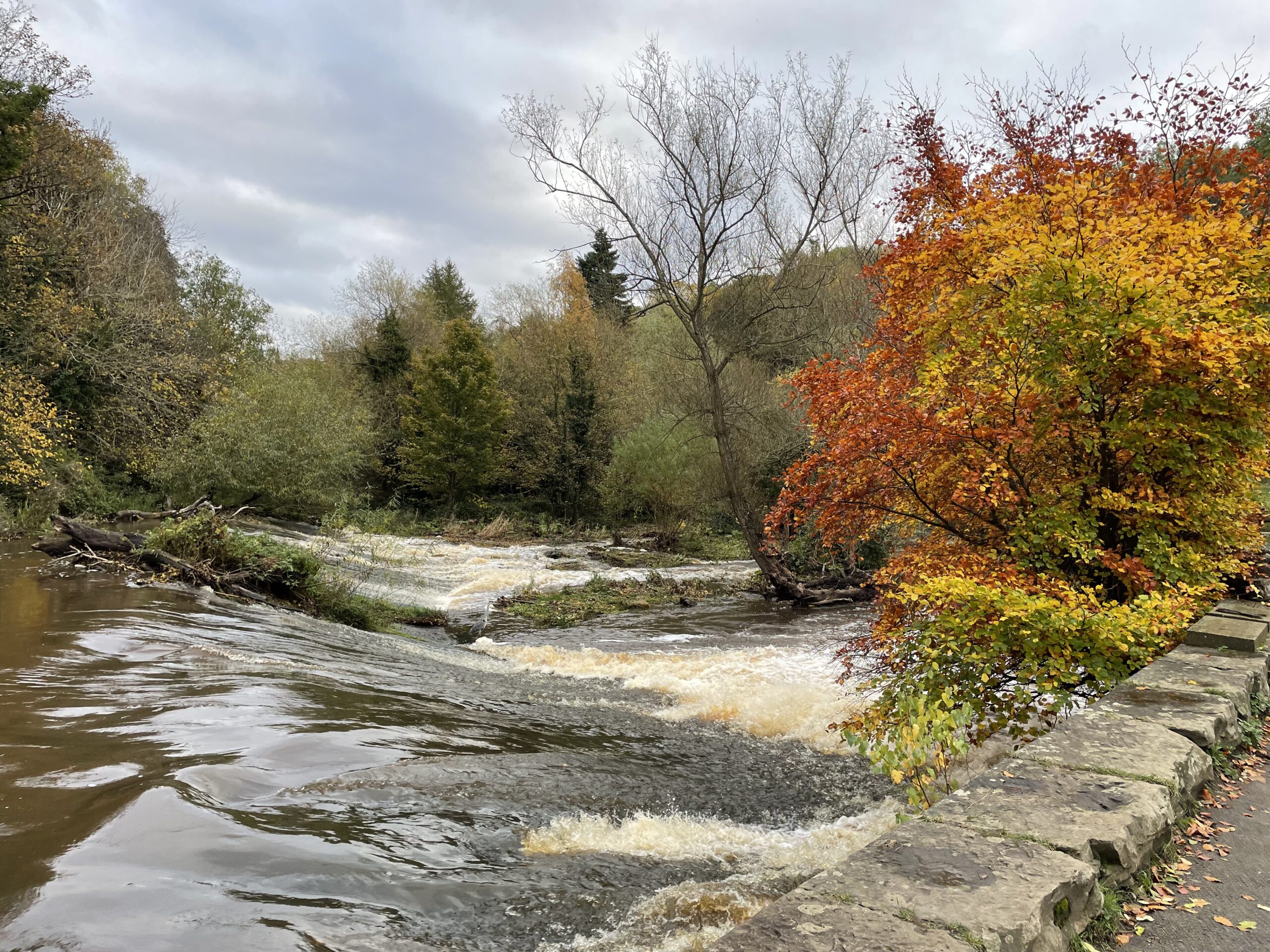Our fingerprints are everywhere, disrupting vital carbon and nitrogen cycles to crafting radionuclides and fossilized plastics in unprecedented quantities creating disturbing ethical implications of dominance.
Ecological design is a design approach that seeks inspiration from and mimics natural systems – it aims to create sustainable, efficient, and regenerative solutions. The comparison between ecological design and conventional design often highlights the differences in their approaches to resources, waste, systemic thinking, and adaptability. This comparison is useful as it serves to underscore the significant shifts required in design thinking and practices to address environmental concerns and create sustainable solutions. Embodied in the works of Sim Van der Ryn and Stuart Cowan, ecological design mirrors life, seamlessly integrating with living systems to minimize environmental impact. To me, the juxtaposition of ecological design against conventional methods serves as a compelling framework, instilling a sense of urgency to integrate ecological principles at the heart of our design endeavors.
“Scale linking” in the context of ecological design refers to the principle of integrating patterns and structures found in nature across different scales into the design process. It involves recognizing and incorporating geometrical, structural, or organizational patterns present in natural systems and applying them at various scales within a design. This concept is vital because natural systems often exhibit fractal or self-similar patterns across different scales. For instance, the branching patterns of trees mimic the branching of their smaller twigs and branches, which in turn resemble the larger branches and the overall shape of the tree. These patterns repeat at various scales, creating a coherent and efficient structure.
 A park near Dean Village. Photo by Christina Yang.
A park near Dean Village. Photo by Christina Yang.
Green roofs embody the five principles of ecological design. First, it mimics nature by covering building rooftops with vegetation, similar to how natural landscapes support plant life. They utilize native plants suited to the local climate, fostering biodiversity and supporting local wildlife, thus emulating natural ecosystems. Secondly, it promotes sustainability by providing insulation and reducing energy costs. Additionally, it absorbs rainwater by reducing runoffs and helping manage stormwater. Lastly, they contribute to air purification and carbon sequestration, enhancing the environment. Green roofs incorporate various scales of biodiversity, from microorganisms in the soil to larger plants, mirroring the layering and diversity seen in natural ecosystems. The Anthropocene narrative is a symphony of perspectives and revelations, urging introspection, accountability, and a collective vision for a harmonious future where humanity and the planet thrive in a balanced, symbiotic dance.
Reference list
Harkness, H. (2023) Theme 4_Lecture A [PDF], Environmental Futures: Time, Hope and Possibilities in Design. University of Edinburgh.
Van der Ryn, S., & Cowan, S. (2007). Ecological design. 10th anniversary ed. Washington, DC, Island Press.




